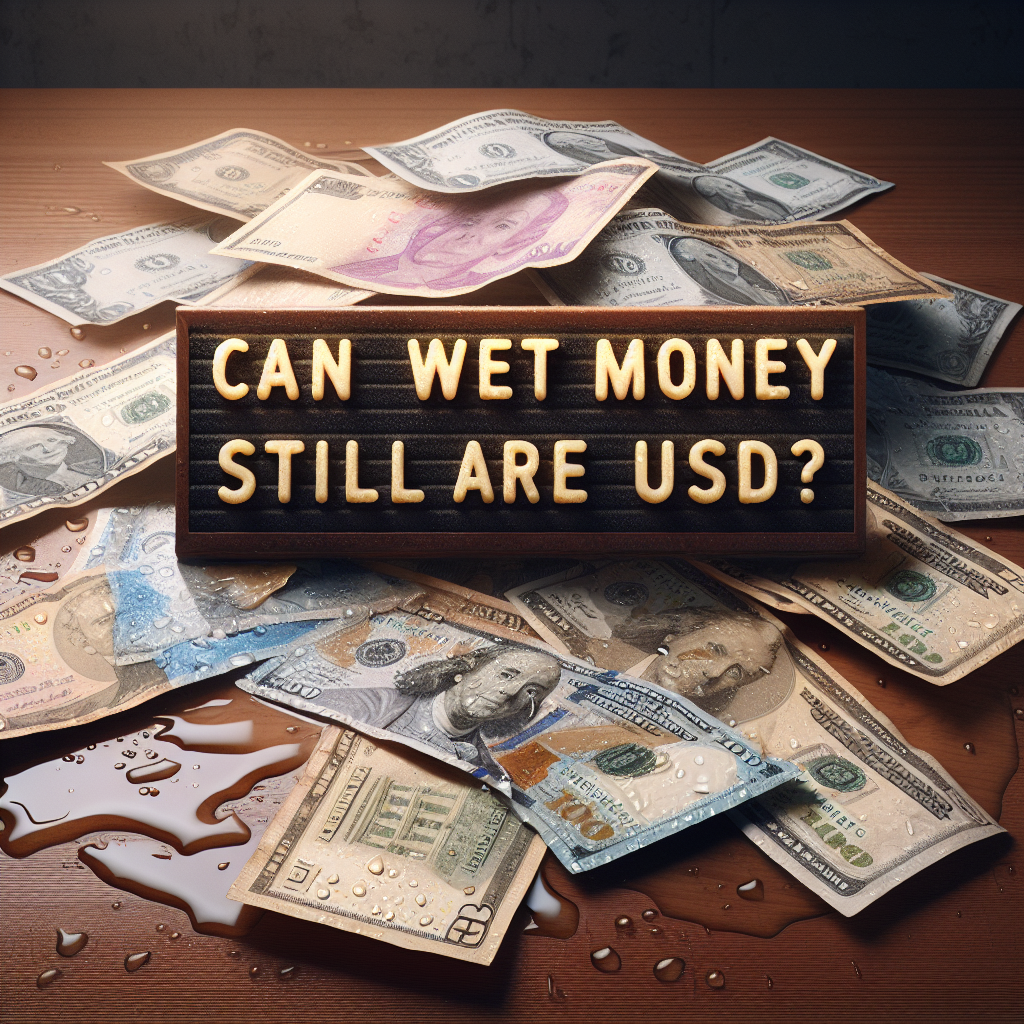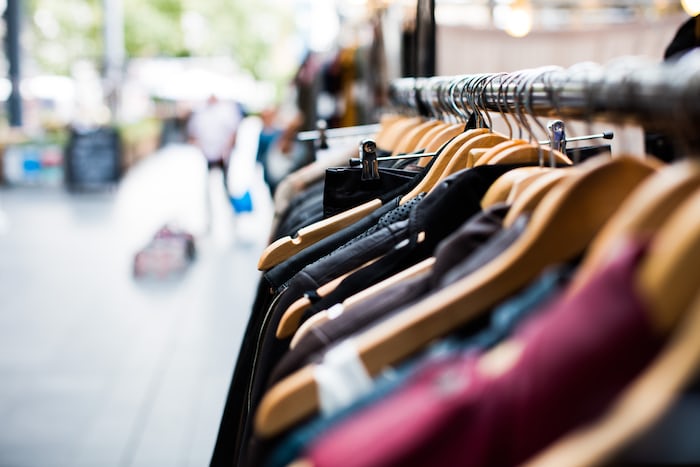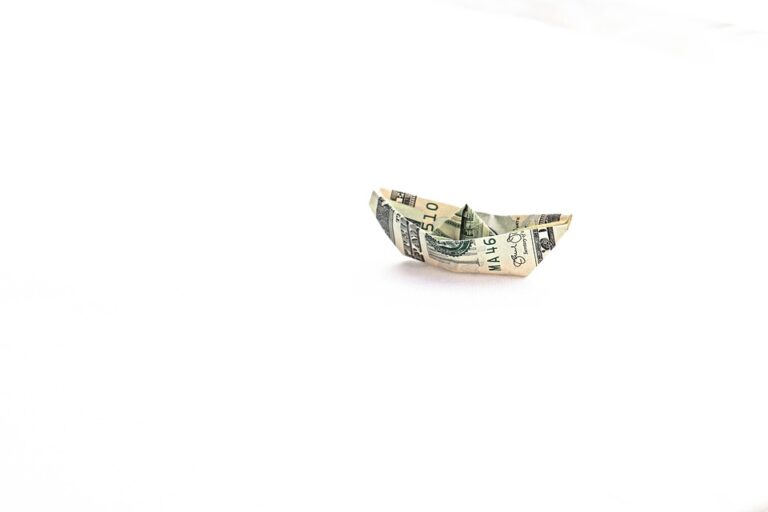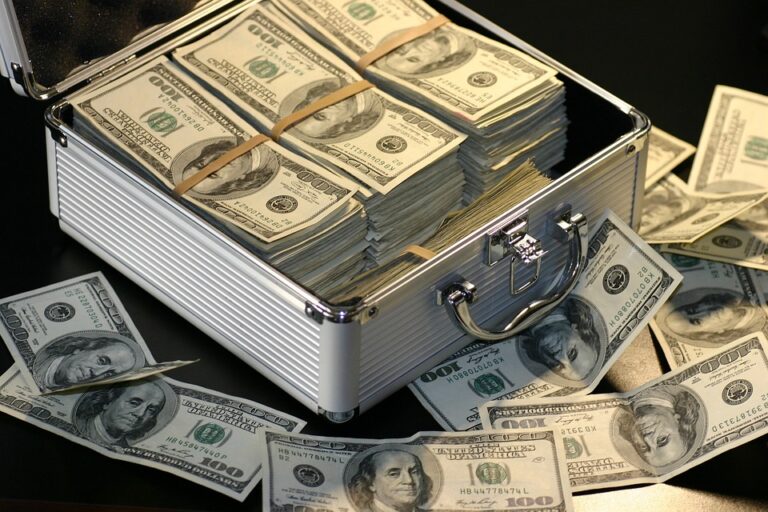Last updated Jun. 19, 2024 by Peter Jakes
Can Wet Money Still Be Used?
When you accidentally drop your wallet in a puddle or leave cash in your pocket only to discover it later in the washing machine, you’re faced with wet money. It’s a common yet often worrisome situation. This article delves into the usability of wet money, the possible impacts on its legitimacy, and ways to ensure its proper use. Additionally, a comprehensive FAQ section will address common queries related to this issue.
Understanding Wet Money
Money is an indispensable part of our lives, yet it is not invincible. Physical banknotes, made from a blend of materials designed to be durable, can still get wet. The few seconds of panic that follow the realization of soggy cash often lead to questions about its usability and validity.
The Composition of Money
In many countries, banknotes are made from a combination of cotton and linen, which gives them their characteristic feel and durability. Some modern currencies, such as those of Australia and Canada, are made from polymer, a type of plastic, which is remarkably waterproof.
- Cotton-Linen Blend: This composite material is somewhat resistant to wear and tear but is susceptible to water damage if not treated properly.
- Polymer Banknotes: These are specifically designed to withstand water and can easily be wiped dry without damage.
Does Wet Money Lose Its Value?
One might think money would lose its value once it gets wet, but this isn’t necessarily true. The value of money is intrinsic to its representation of a promise of value from a central authority (e.g., a country’s central bank) rather than its physical condition.
- Legitimacy: Wet money does not lose its legitimacy simply because it got wet. As long as the essential features of the banknote (serial number, watermark, etc.) are intact, it retains its value.
- Usability: In terms of usability, wet money can be problematic if businesses are hesitant to accept it. However, once dried, it generally resumes the same form and function as before.
How to Dry Wet Money
Here are some methods to dry wet cash, keeping in mind that the goal is to preserve the integrity of the banknote:
- Air Drying: Lay the money flat on a clean, dry surface and allow it to air dry. This is the safest method but can take some time.
- Towel Drying: Pat the money dry with a clean, non-abrasive towel. Avoid rubbing, as excessive friction can damage the note.
- Hair Dryer: Using a hairdryer on a low-heat setting can expedite the drying process but ensure the distance between the dryer and the money is sufficient to prevent heat damage.
- Pressing: Place the wet money between two paper towels and use a cold iron to gently press and dry it. Do not use high heat as it can damage the banknote’s features.
Special Cases: Torn or Altered Wet Money
Sometimes, wet money can end up torn or otherwise damaged. Most central banks, like the U.S. Federal Reserve, have policies in place for such circumstances.
- Torn Banknotes: Most banks will accept torn banknotes as long as more than 50% of the note is present and the serial number is identifiable.
- Heavily Damaged Banknotes: If the money is extremely damaged, you can take it to your local bank. They will either replace it on the spot or send it to the national treasury for evaluation and possible replacement.
Effects on Coins
Unlike banknotes, coins are made of metal (usually alloys of copper, nickel, and sometimes zinc) and are much more durable in water. Wet coins do not suffer the same risks as wet banknotes.
- Rust and Corrosion: While coins are more resistant, they can still undergo tarnishing or rust if left in water for extended periods. A simple cleaning process involving mild soap and water can usually restore their appearance.
Digital Currency as a Solution
In the age of digital banking and cryptocurrency, one might argue that physical money is becoming obsolete. However, cash remains an essential medium of everyday transactions for a significant portion of the global population.
- Electronic Payments: Utilizing credit cards, debit cards, and digital wallets can minimize the risks associated with physical damage to money.
- Cryptocurrency: Digital currency platforms provide alternatives to traditional cash but come with their own set of risks and benefits.
FAQs about Wet Money
1. Can wet money be used immediately after it gets wet?
While wet money retains its value, it’s best to dry it before use. Wet banknotes can be fragile and might tear if handled roughly.
2. How should I store wet money until I can dry it?
Keep wet money in a clean, breathable container. Avoid plastic bags as they can cause the notes to mold.
3. Is there any risk of mold with wet money?
Yes, if not dried promptly and thoroughly, wet money can develop mold, which can further damage its usability and integrity.
4. Will banks accept wet money?
Most banks will accept wet money as long as it retains the necessary identifiable features like the serial number. In cases where the banknote is severely damaged, procedures exist to replace it.
5. Can dryers or microwaves be used to dry money?
No, using a dryer can cause excessive friction and heat that can damage banknotes. Microwaves are also inadvisable as they can cause the money to ignite or be further damaged.
6. Do polymer banknotes also need special drying methods?
Polymer banknotes are inherently water-resistant but should still be dried using methods that do not involve high heat to avoid warping or melting.
7. What if the ink has smudged on my wet banknote?
If the essential features such as the serial number and watermark are still visible, the banknote is usually still valid. However, extreme cases should be taken to a bank for evaluation.
8. How can I prevent my money from getting wet?
Using waterproof wallets or storing money in sealable plastic bags when engaging in activities where water exposure is possible can help prevent this issue.
9. Are there any alternatives to carrying cash to avoid damage?
Using credit/debit cards and digital payment methods like mobile wallets can minimize the risks associated with carrying physical cash.
10. What should I do if my coins get wet?
Coins are more resilient than banknotes. Simply wash them with mild soap and water, and dry them with a clean towel.
Conclusion
In essence, wet money can almost always still be used, as its value is tied to its readability and identifiable features rather than its physical condition. By employing proper drying techniques and understanding how to manage and exchange damaged currency, you can ensure that your money retains its worth and usability. With digital alternatives also available, the risks associated with physical cash can be further minimized.
When in doubt, consult your local bank for guidance on handling and possibly replacing damaged money. Ultimately, ensuring the care and handling of banknotes and coins can preserve their value for everyday transactions and saving.







